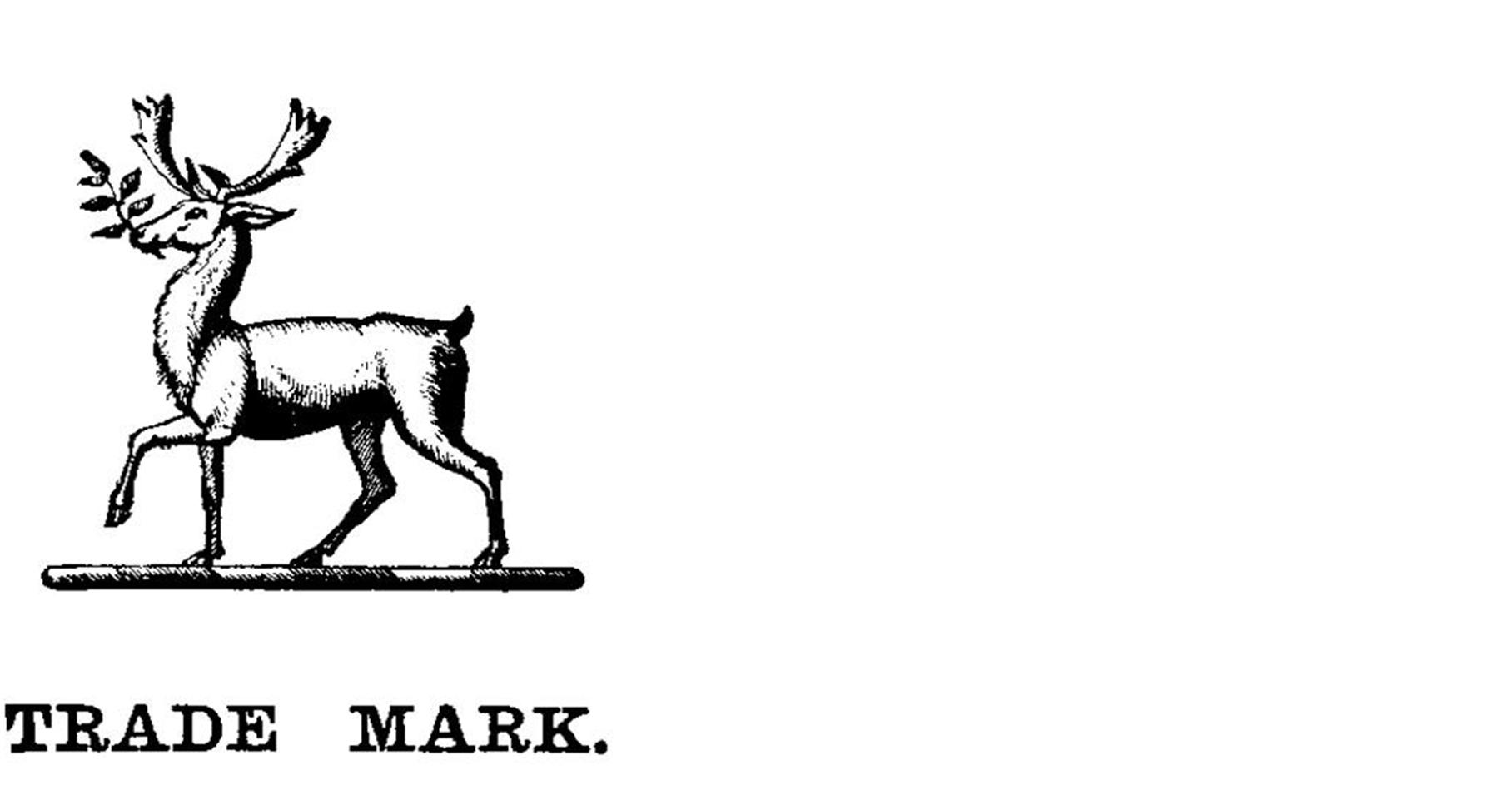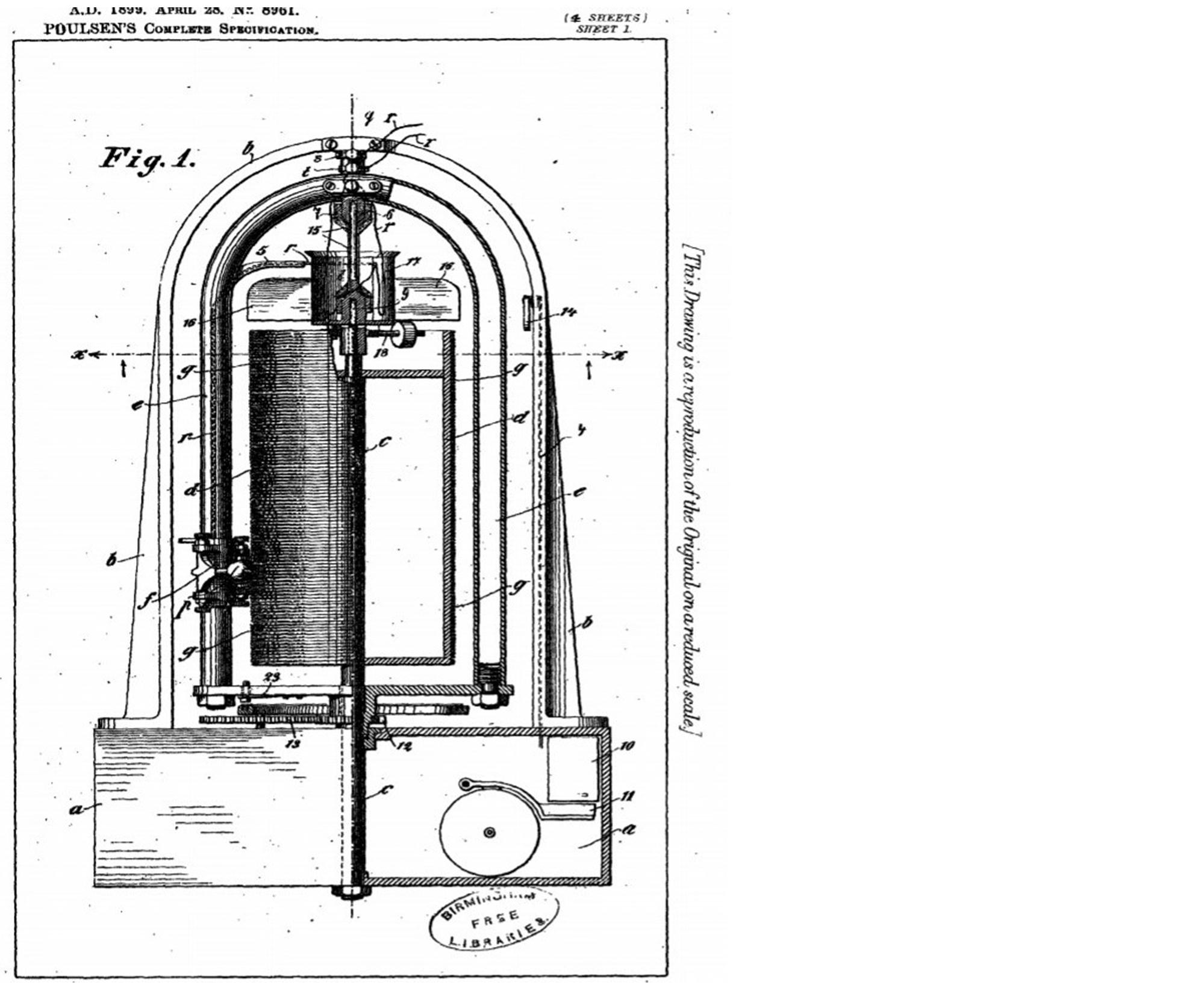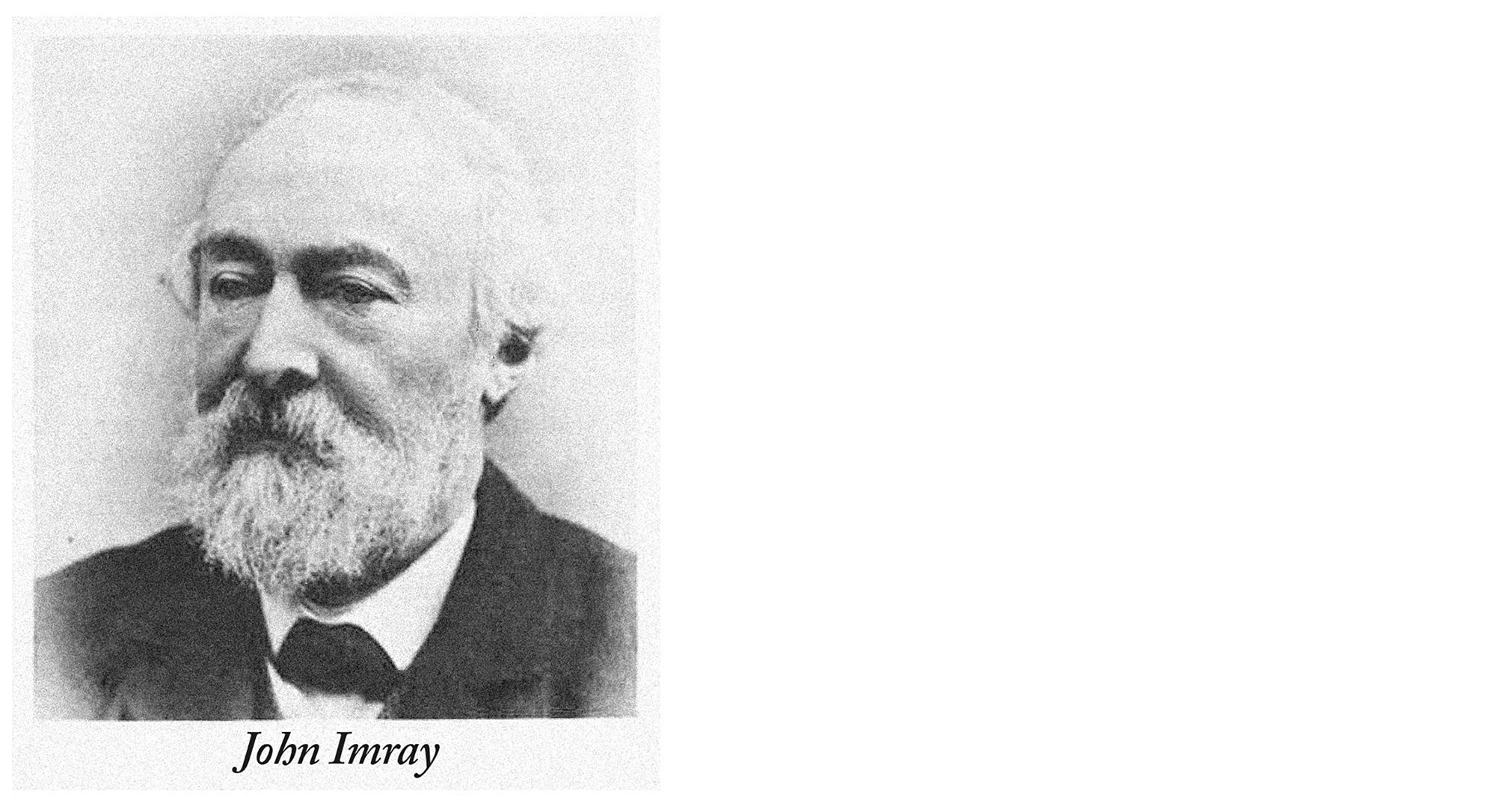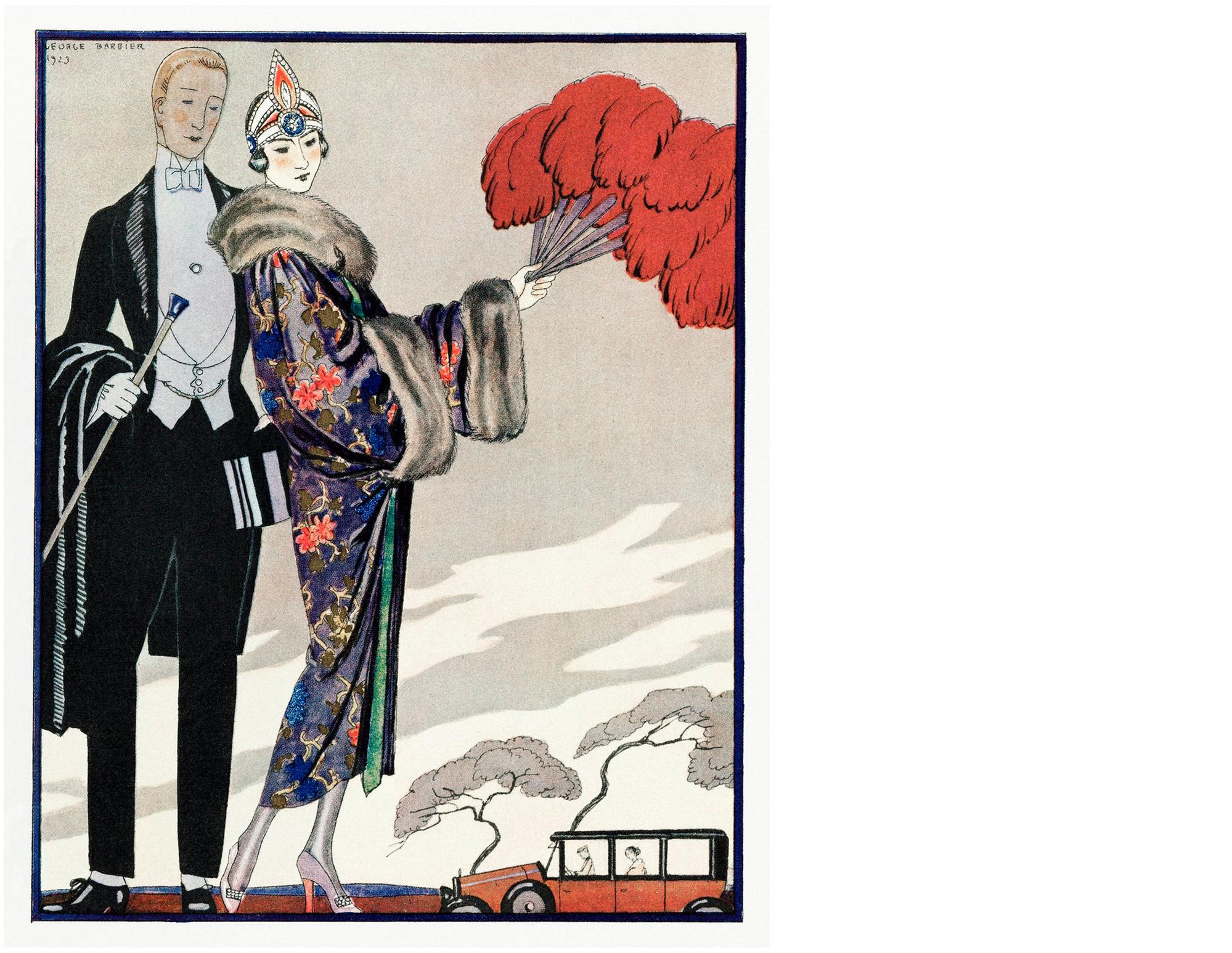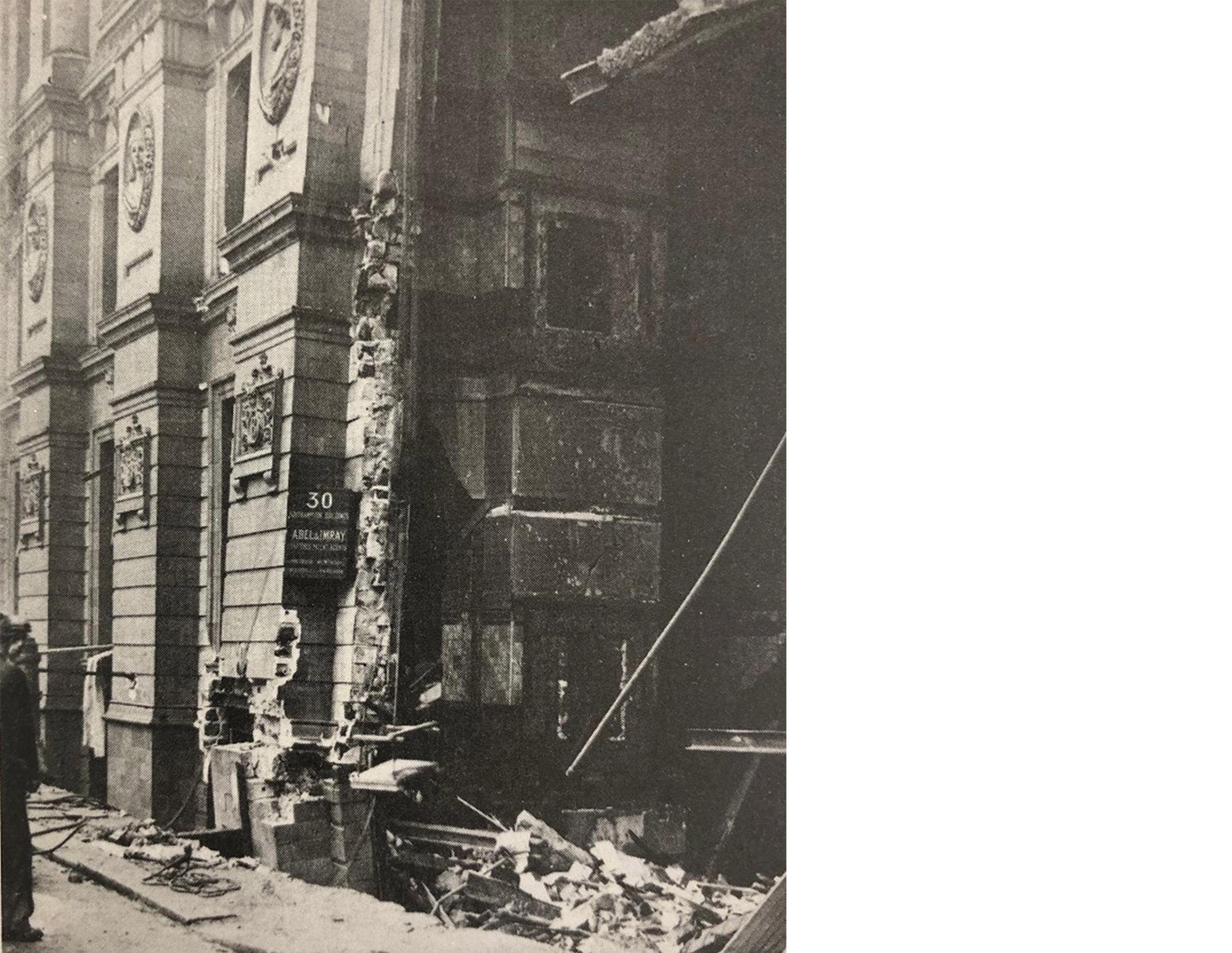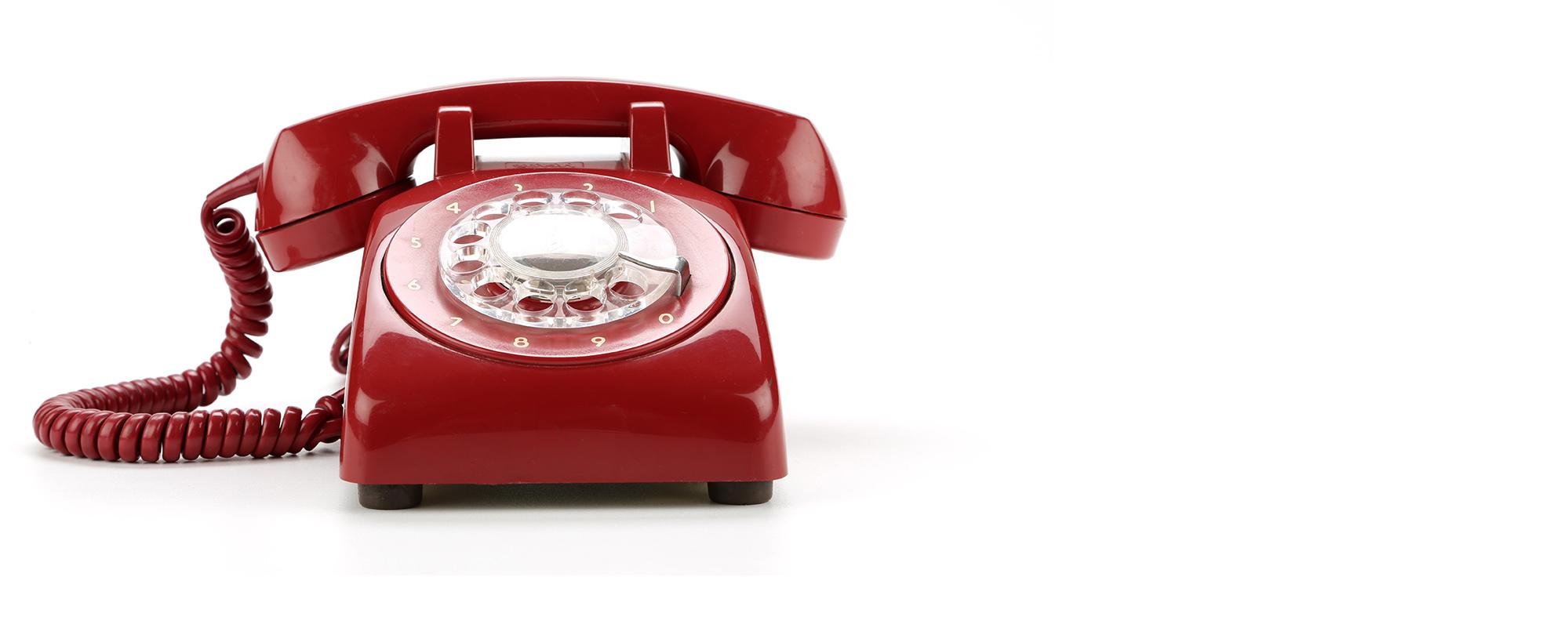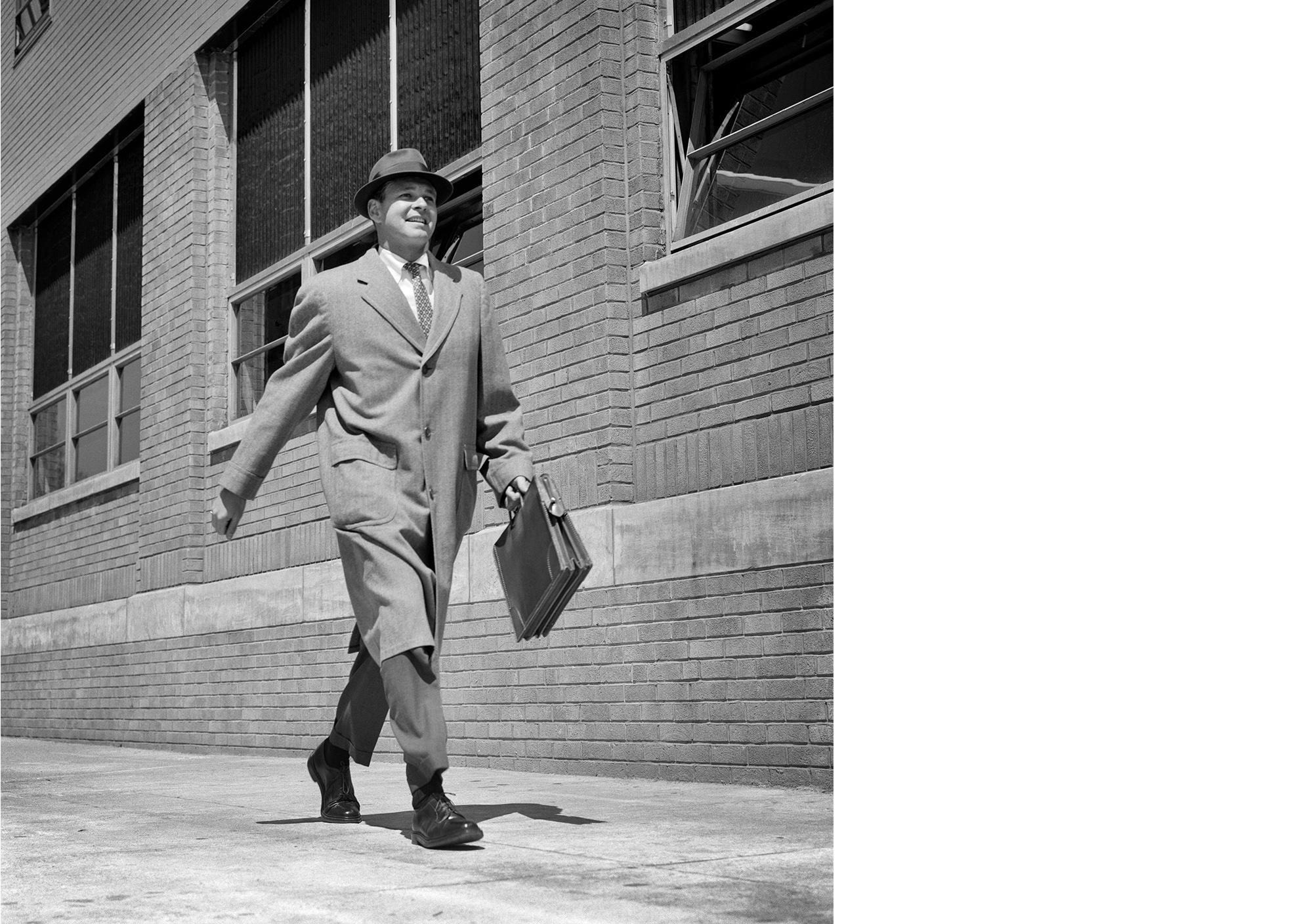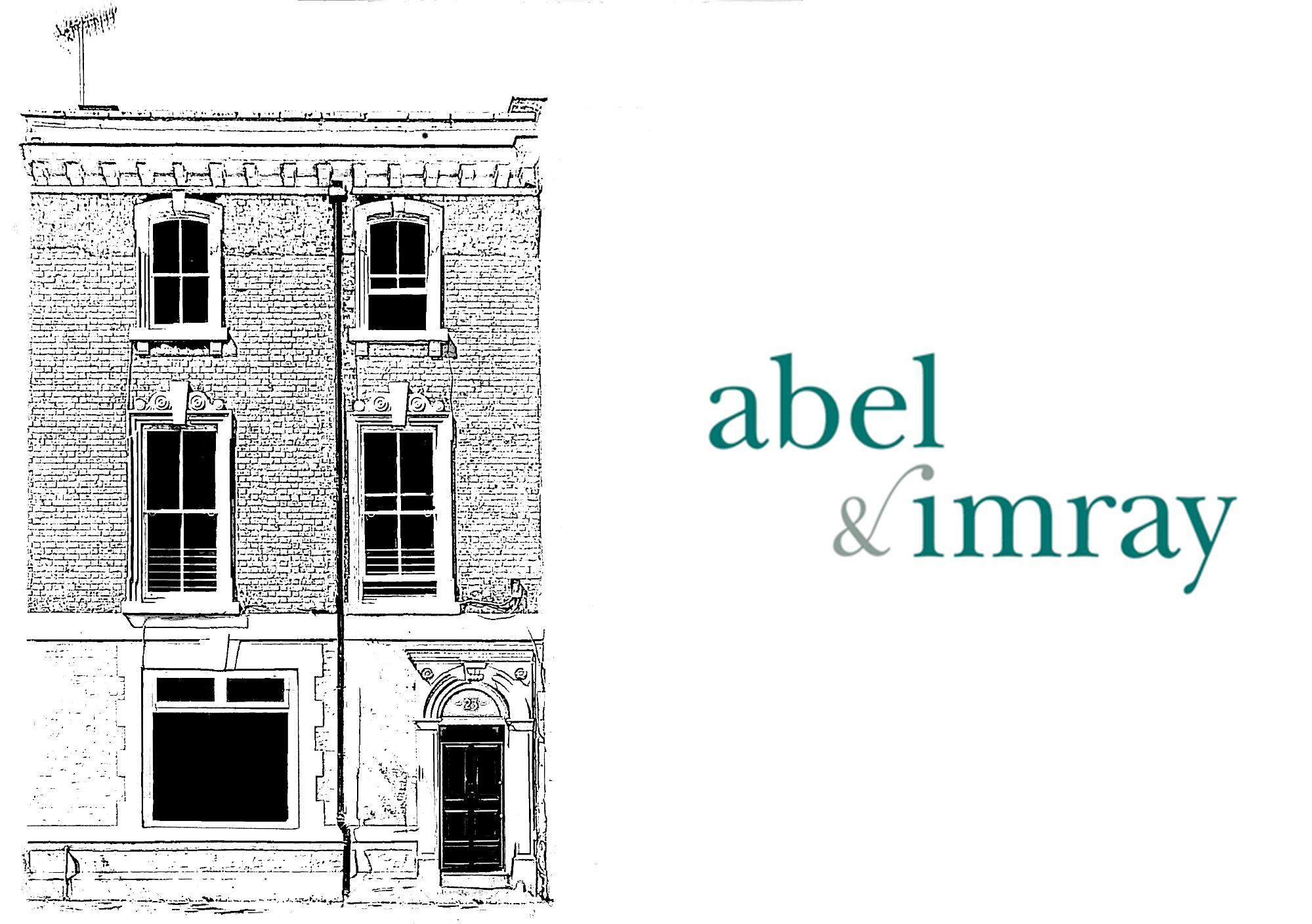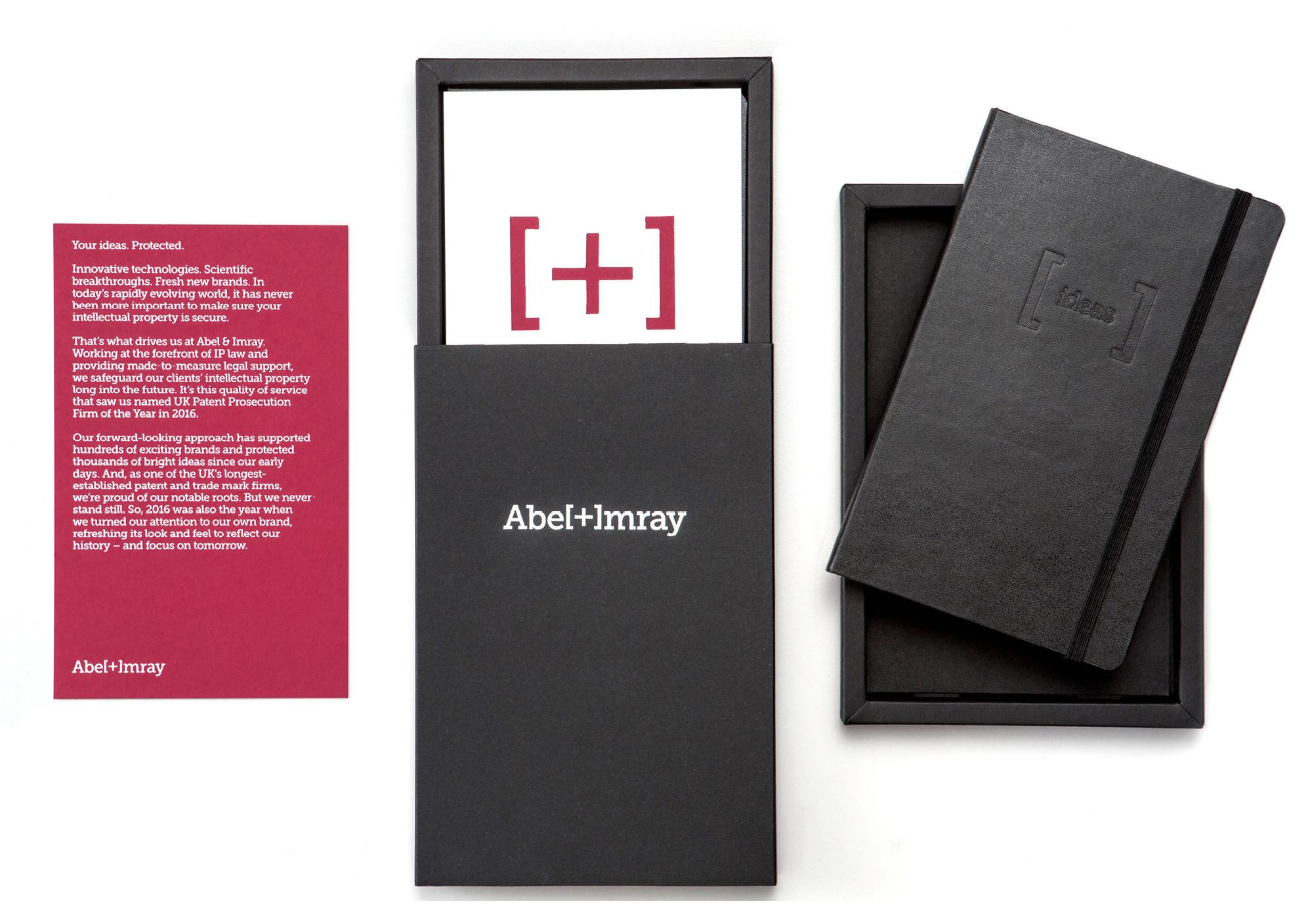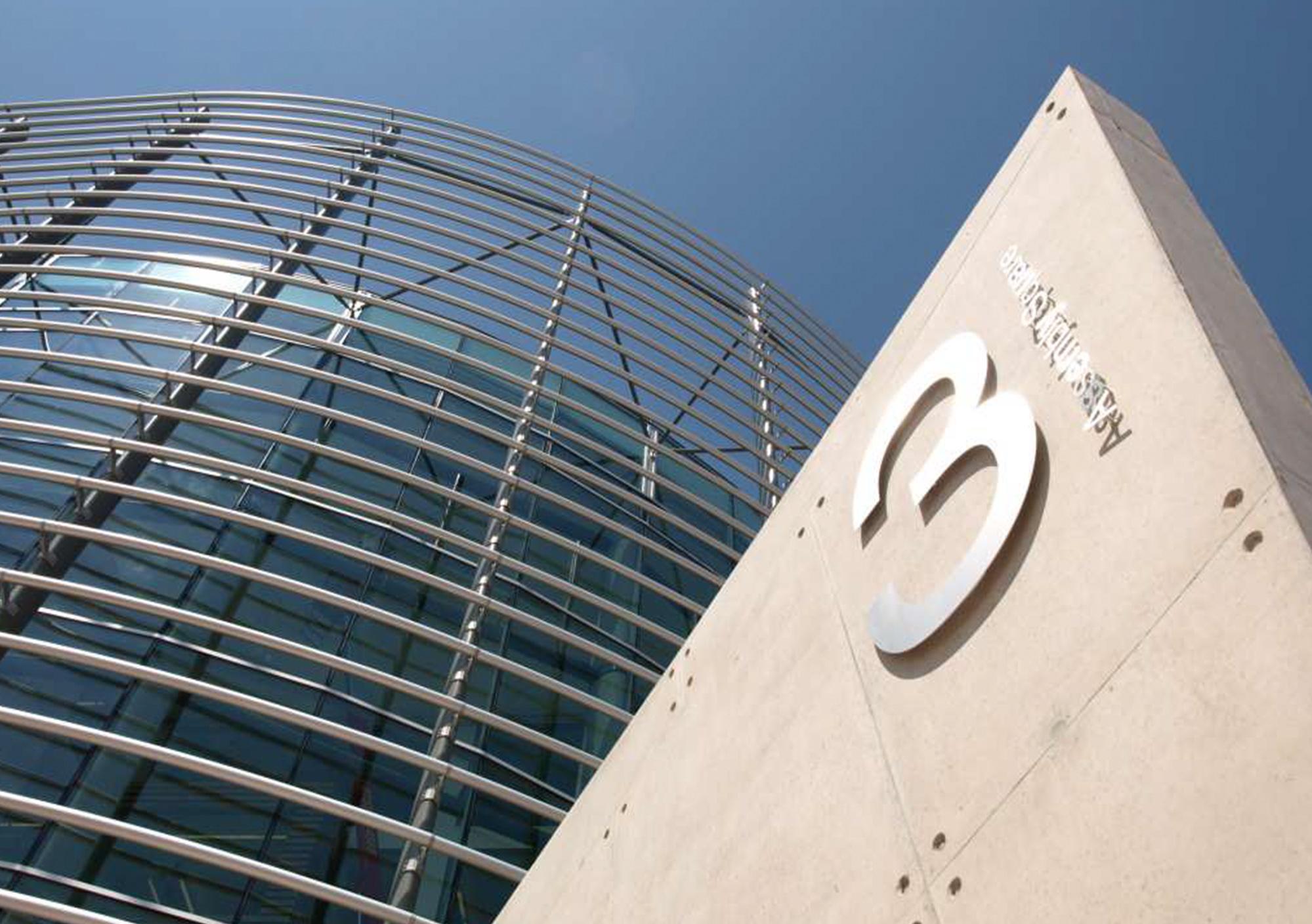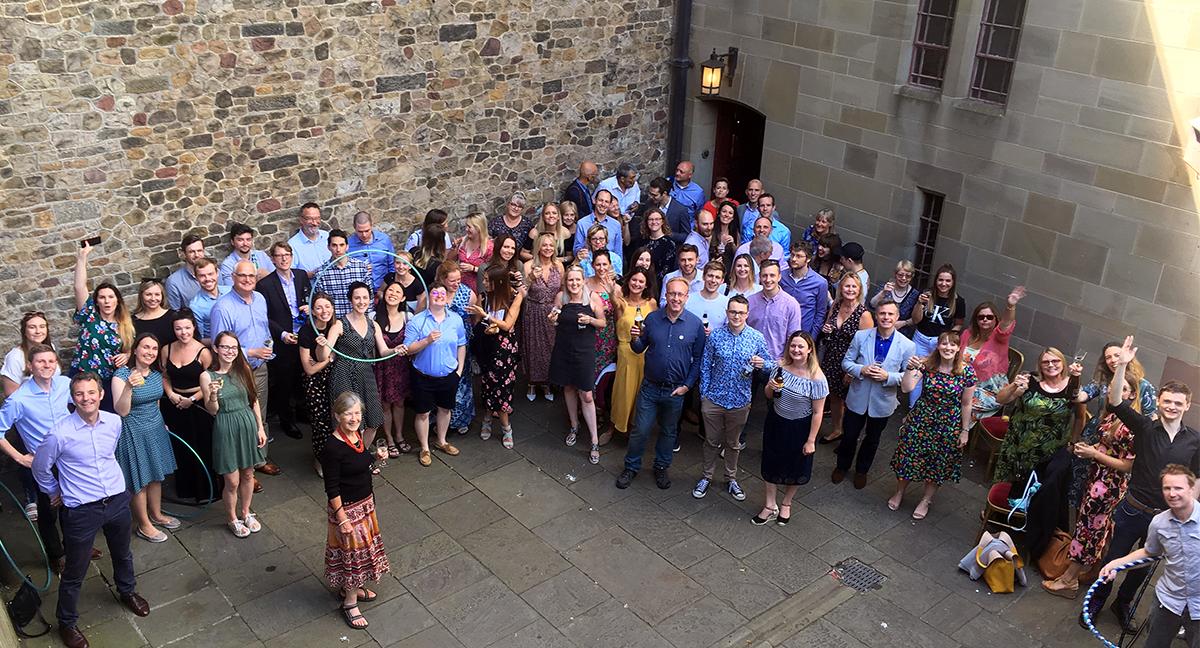In the world of intellectual property, Abel + Imray has been at the forefront of innovation for 150 years. In 1871, two engineers and leading patent agents founded the firm. Since then, our experience and legal expertise has protected thousands of ideas and brands.
Whether we’re advising on the IP rights of others, filing patents for game-changing inventions, or registering famous trade marks, we look forward to helping shape the innovations of the future, and working with businesses from our offices across Europe in the exciting and challenging times ahead.
